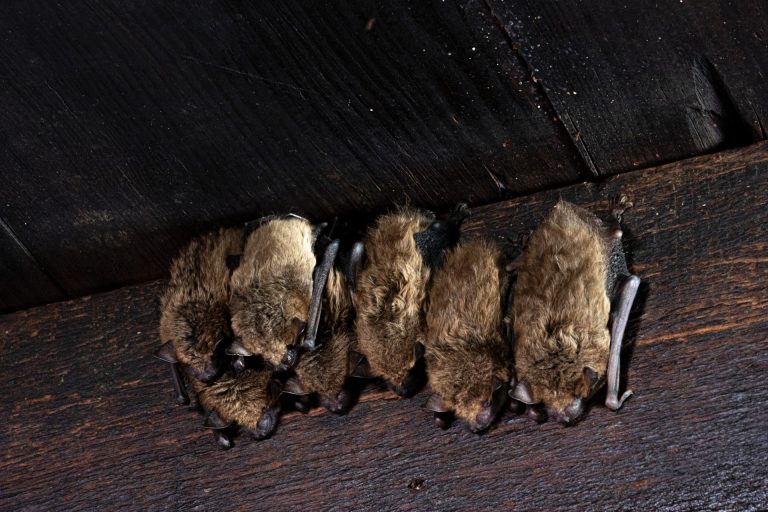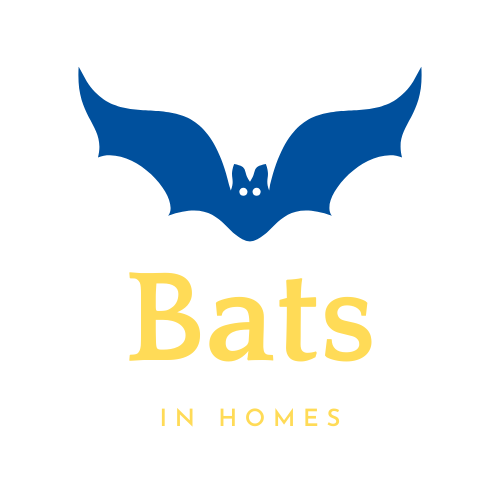Bats live in almost every part of the world as well as most regions of the United States. It is estimated that of the 1,400 species of bats worldwide, about 45 species live in the U.S.
The majority of bats in the U.S. live on a diet of insects such as mosquitoes, beetles, and moths. As an example of just how many insects bats can consume, the Mexican free-tailed bats of Bracken Cave in Texas eat more than 200 tons of insects in a single night. Other bats in the U.S. feed on nectar and fruit. There are no vampire bats in the United States. The closest vampire bats (which feed on domestic livestock) live in Mexico.
In general, bats seek out caves, bridges, mines, and trees for their daytime rest and rearing of their young, but when these resources are scarce to them, homes and larger buildings become their destination of choice.
Common U.S. Bat Species
Big Brown Bat
These bats are nocturnal insectivores that live throughout the country. They use echolocation to aid their navigation and locate their favorite foods: beetles and wasps. They have a wingspan of 12-16 inches and gather in large roosts to rear their young.
Little Brown Bat
As its name states, this bat is a smaller version of the big brown bat and is only the size of a human thumb. They have larger ears than the big brown bat and also use echolocation. Most often residing near water, mosquitoes are their main food source.
Brazilian Free-Tailed Bat
One of the most abundant mammals in North America, the Brazilian free-tailed bat lives in large roosts in Texas. Bracken Cave is one of their more well-known residences. Texas is said to have a Brazilian free-tailed bat population of about 95 to 104 million, and Bracken Cave has been their home for the past 100 years.
Mexican Free-Tailed Bat
These bats are a sub-species of the Brazilian free-tailed bat. Their largest populations can be found in Carlsbad Caverns National Park in New Mexico and Bracken Cave in Texas. Considered to be strong, fast flyers, they can reach speeds of up to 60 miles per hour and fly as far as 50 miles from their roost.
Pallid Bat
Living mostly in the arid regions of the southwest through Oregon and Washington, these creatures do not use echolocation. Their large ears can detect insects and respond accurately from up to 16 feet away. Known as the desert bat, it is lighter in color than most bats eating mostly crickets, grasshoppers, and even scorpions. When disturbed, they emit a skunk-like odor.
Red Bat
Red bats are tree bats living east of the Rocky Mountains. Their red fur becomes completely camouflaged hanging from a tree, as they look just like dead leaves. Red bats are solitary. And, unlike most bats that give birth to a single pup, red bats often have two to five pups.
Spotted Bat
This species is unique looking in that it has long fur and three white patches on black shoulders. Their pink ears are nearly as long as their entire bodies. Spotted bats are also the largest bat in the U.S. Living in roosts high up in cliffs and crevices, moths are its favorite meal.
Hoary Bat
The hoary bat has a wingspan of 16 inches and long white-tipped fur that looks frosted. One of the most widespread bat species, it is a solitary creature that stays hidden away amongst the foliage.
Migration vs. Hiberation
One of the main distinguishing factors between U.S. bats is what they do during the winter. When cold weather arrives and insects become scarce, bats either go into hibernation or migrate to warmer climates where insects, nectar, and fruit remain plentiful.
Most migratory bats in the U.S. migrate to Mexico. Most tree species, such as hoary bats, migrate to Mexico, as well as the Mexican free-tailed bats that live in Carlsbad Caverns and the spotted bat. Often, bats that hibernate find home attics to be a warm, safe place to winter over.
Little brown bats, big brown bats, and eastern red bats hibernate during the winter.
A place where an animal hibernates is called hibernacula. The ideal hibernacula for a bat to roost have a constant cool temperature and relatively high humidity. Natural hibernaculum is caves, mines, and rock crevices. Bats will also hibernate in attics, barns, sheds, and other unlivable areas of a building.

What Bats Are Most Likely to Roost in Your Home?
Big brown bats and little brown bats are the ones most likely to make their home in your attic.
Should you suspect bats in your home, calling a wildlife control specialist is your best defense. They will know how to humanely and effectively rid your home of bats.
